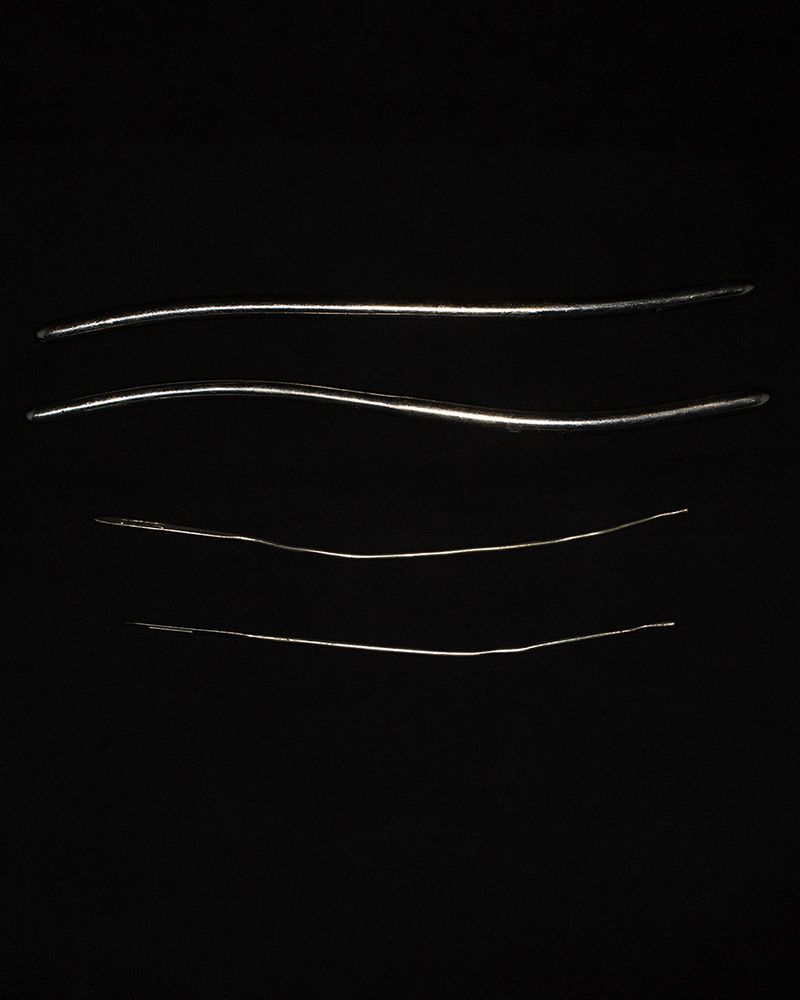Lindsey Beal: The States Project: Rhode Island
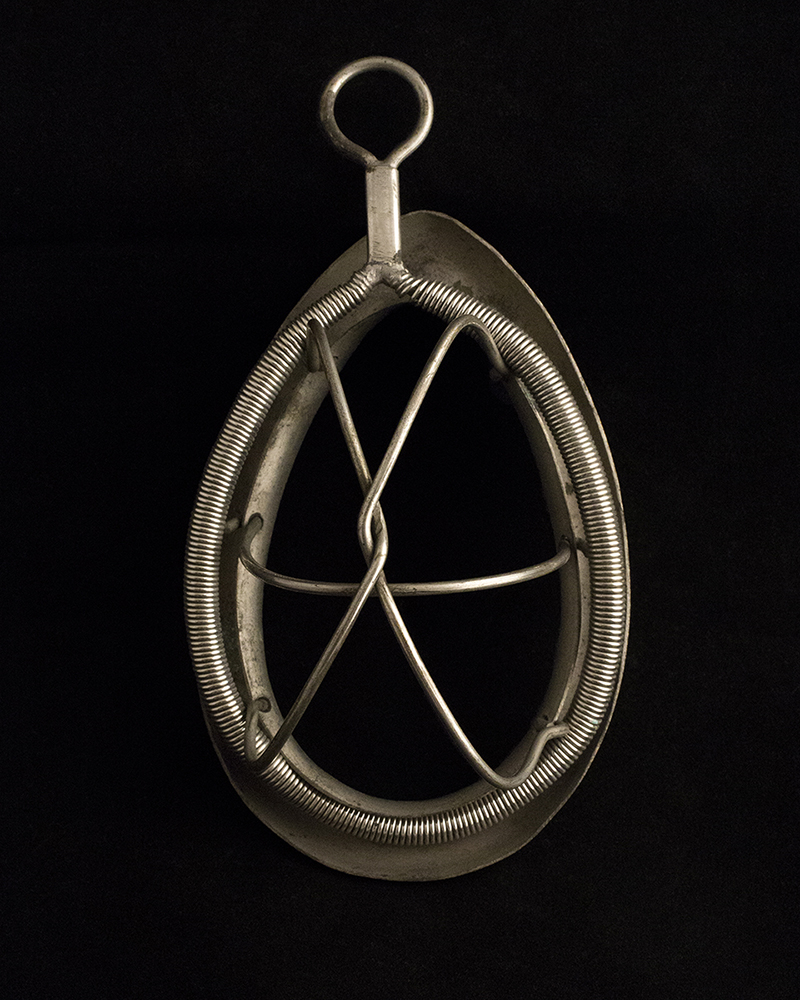
©Lindsey Beal, Anesthesia Mask” 4″x5″ digitally printed plexi glass plate, 2016-2018. Duke University’s History of Medicine Collections, David M. Rubenstein Rare Book & Manuscript Library, c. 20th century.
Lindsey Beal explores the formation of societal judgements of women by a male dominant culture, often utilizing historical photographic processes. Parturition is the result of boundless research and collaborations with historical institutions to photograph late 19th and 20th medical instruments that were used in the process of childbirth. These objects are photographed much in the same ways as museums choose to render items from antiquity, which contrasts the harmful and dangerous ways the medical profession views intervention into birth. A similar rubric appears in Intimate Appliances which documents 19th and early 20th century devices that women used to stimulate sexual pleasure. These equally challenge our perceptions of how we historically have been taught to understand women as having little autonomy over their sexuality.
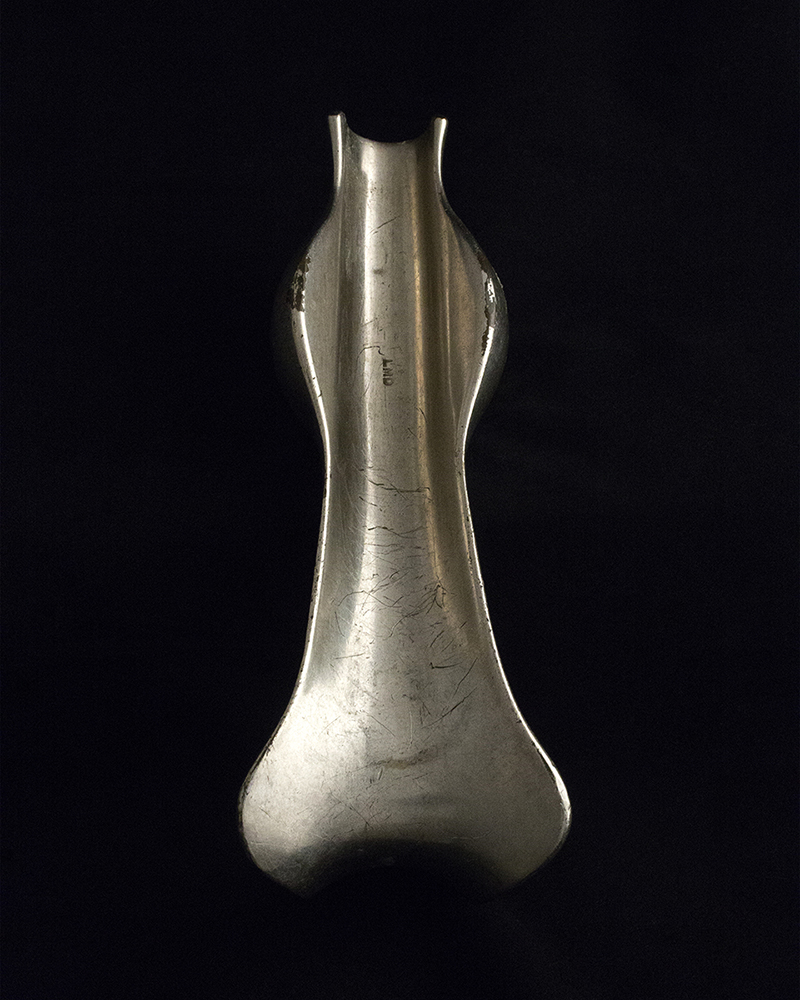
©Lindsey Beal, “Auvard Weighted Syringe” 4″x 5″ digitally printed plexi glass plate, 2016-2018. Duke University’s History of Medicine Collections, David M. Rubenstein Rare Book & Manuscript Library, c. 20th century.
 Lindsey Beal is a photo-based artist in Providence, Rhode Island where she teaches at Rhode Island School of Design, and Massachusetts College of Art & Design. She is currently a Mellon Faculty Fellow at the Rhode Island School of Design Museum.
Lindsey Beal is a photo-based artist in Providence, Rhode Island where she teaches at Rhode Island School of Design, and Massachusetts College of Art & Design. She is currently a Mellon Faculty Fellow at the Rhode Island School of Design Museum.
She combines research about historical and contemporary women’s lives with historical photographic processes; often including sculpture, papermaking, and artist books in her work. Inspired by the ways in which contemporary American society views women, she investigates how women lived in the past, drawing parallels and contrasts between women’s lives then and now. Both through presentation and subject matter, she connects the viewer to the past and how it reflects today’s political and social culture. She connects her imagery to photographic history, how it was practiced, developed and presented by early photographers.
Lindsey’s work was featured on the New York Times Lens Blog, Slate France, BBC Mundo, PDN, New Scientist, Lenscratch, feature shoot, Don’t Take Pictures, and published in various textbooks and periodicals. She has shown at national museums, galleries & universities, including solo shows at the Vermont Center for Photography, the Griffin Museum of Photography, the Danforth Art Museum, and the University of Wisconsin-Oshkosh. She was a Finalist for Photolucida’s Critical Mass Top 200 in 2016 and 2018 and recently received a RISD Faculty Development Grant.
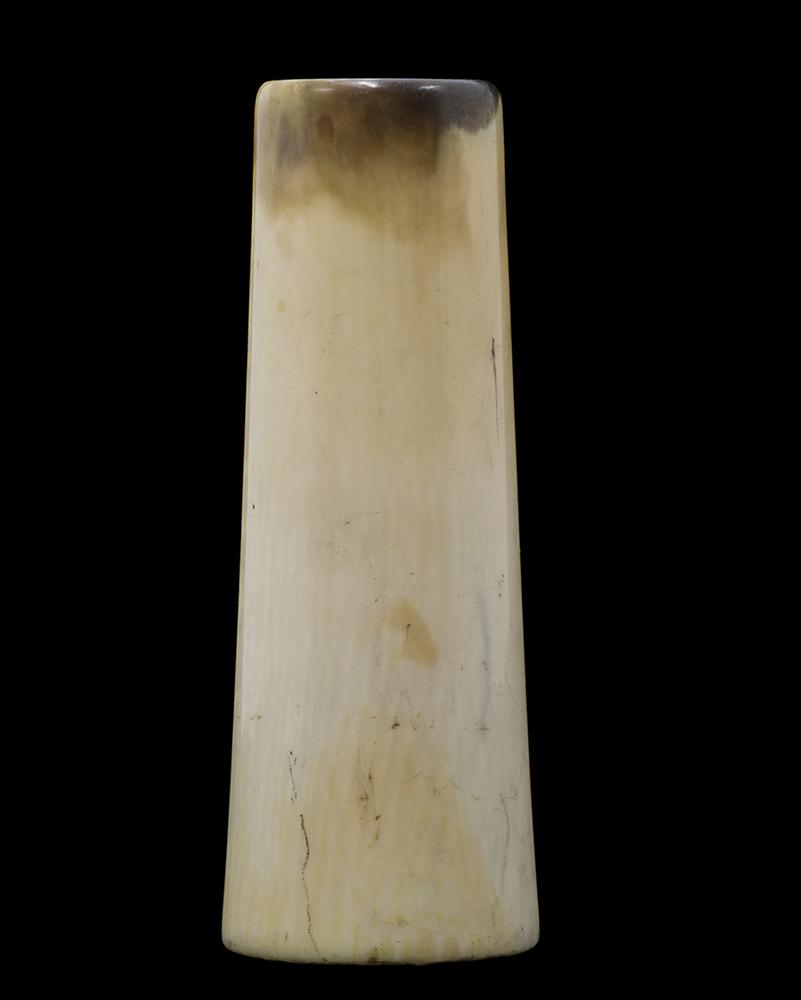
©Lindsey Beal, “Charriere Ivory Speculum” 4″x5″ digitally printed plexi glass plate, 2016-2018. Harvard University’s Francis A. Countway Library of Medicine’s Center for Medical the History of Medical Health, c. 1878.
Parturition
Parturition is a photographic archive and written history of obstetric and gynecological tools: their appearance, development, and how they have or have not changed.
Obstetrical and gynecological history is full of contradictions and complications. Medical history has been fraught with racism and sexism—tools were often forcibly tested on the poor, the enslaved, and sex workers. Conversely, without these improved tools, many women would have had to deliver unwanted pregnancies or died in childbirth. On the one hand, male doctors interceded into the female realm of midwifery and delivery; on the other hand, doctors saved the lives of women and infants in delivery.
When I set out to photograph these items in various medical libraries, I expected to find gruesome tools; instead, I often found early forms of implements still in use today such as forceps and speculums. Some were created pre-germ theory and used materials such as leather, wood, horn or ivory. Others more closely resemble and use materials familiar to us today.
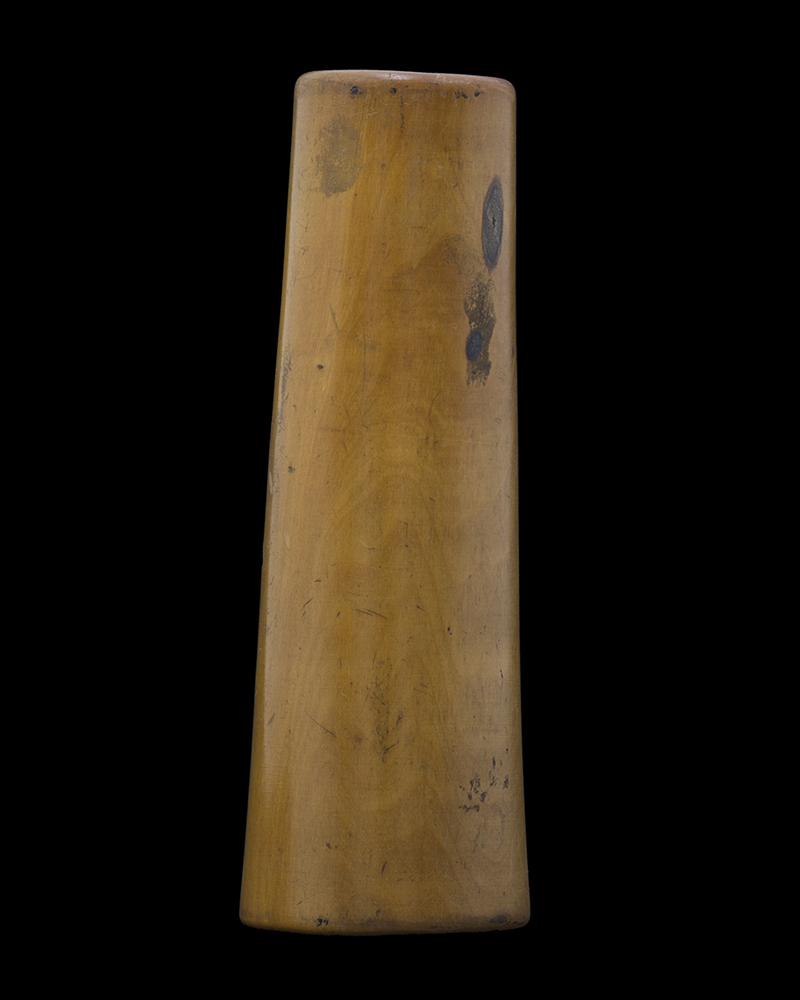
©Lindsey Beal, “Charriere Wooden Vaginal Speculum” 4″x 5″ digitally printed plexi glass plate, 2016-2018. Harvard University’s Francis A. Countway Library of Medicine’s Center for Medical the History of Medical Health, c. 1855
By photographing the tools digitally and printing them to replicate twentieth century glass educational slides, I intend to connect historical uses and developments with contemporary tools and practices. This allows us to examine how women’s reproductive health and medicine evolved, yet still remains the same.
This project was made with the assistance of the Duke University History of Medicine Travel Grant. Parturition would not be possible without the generous aide of the librarians and staff at Brown University’s John Hay Library, Duke University’s David M. Rubenstein Rare Book & Manuscript Library, Harvard University’s Countway Library of Medicine and Yale University’s Cushing/Whitney Medical Library.
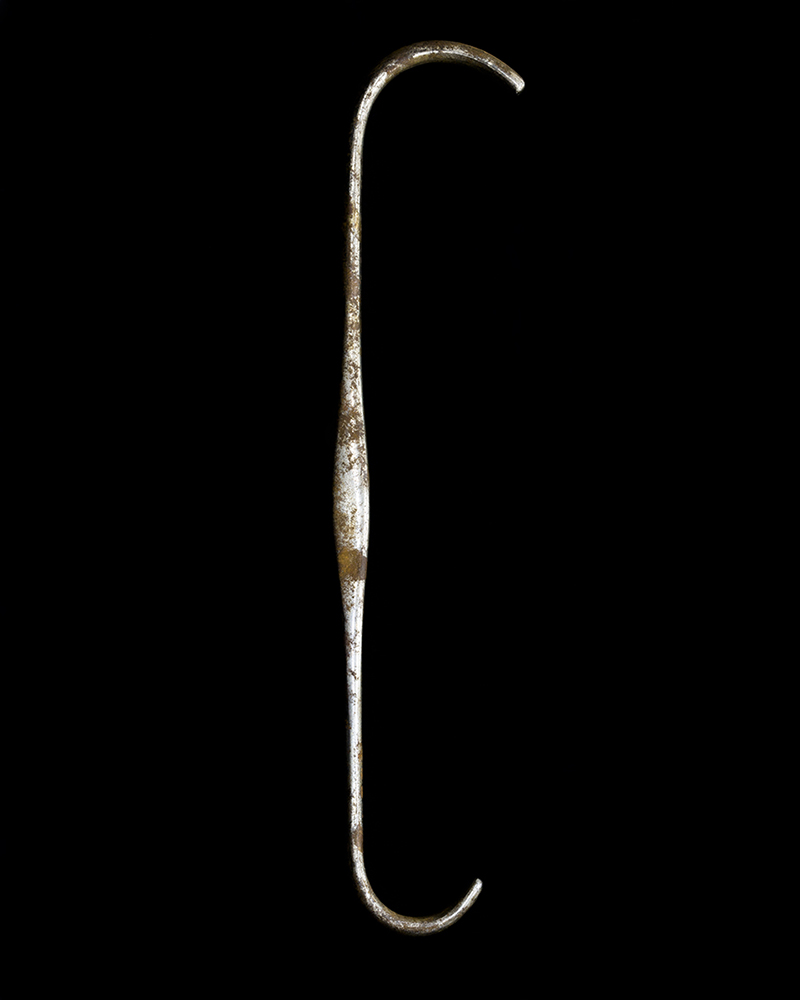
©Lindsey Beal, ”Double Blunt Hook” 4″x 5″ digitally printed plexi glass plate, 2016-2018. Harvard University’s Francis A. Countway Library of Medicine’s Center for Medical the History of Medical Health, c. 19th century.
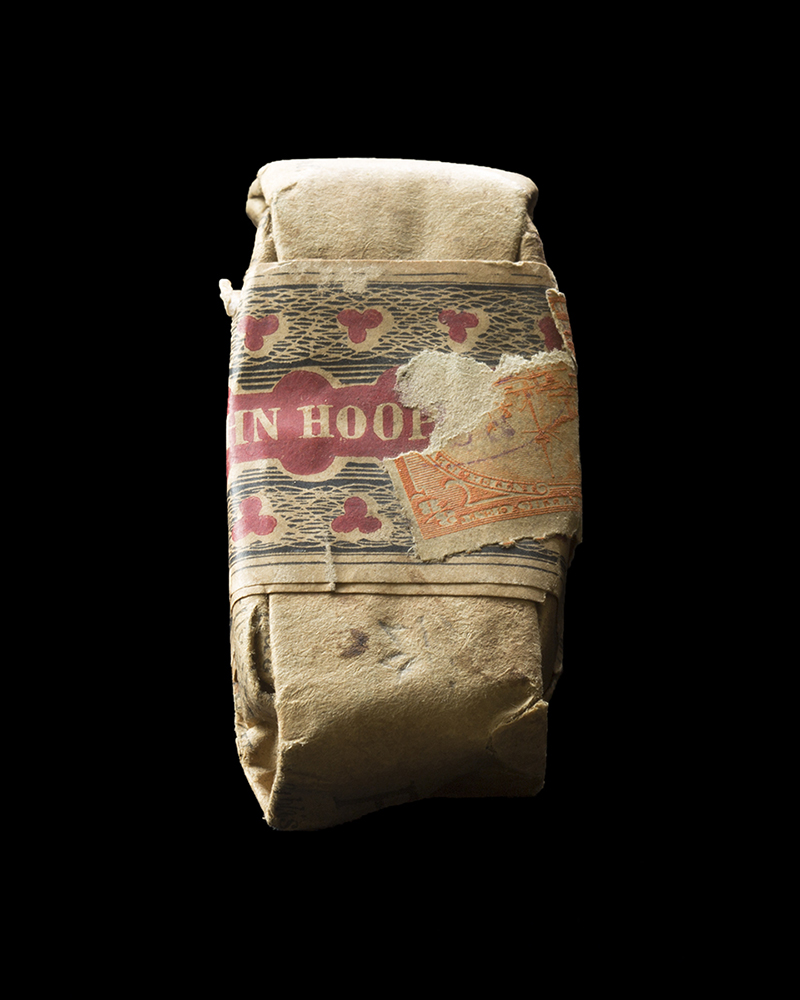
©Lindsey Beal, ’Dr. John Hooper’s Female Pills” 4″x5″ digitally printed plexi glass plate, 2016-2018. From Yale University’s Harvey Cushing/John Hay Whitney Medical Library, c. 1750.

©Lindsey Beal, “Fergusson’s Speculum” 4″x5″ digitally printed plexi glass plate, 2016-2018. Duke University’s History of Medicine Collections, David M. Rubenstein Rare Book & Manuscript Library, c. 1880.
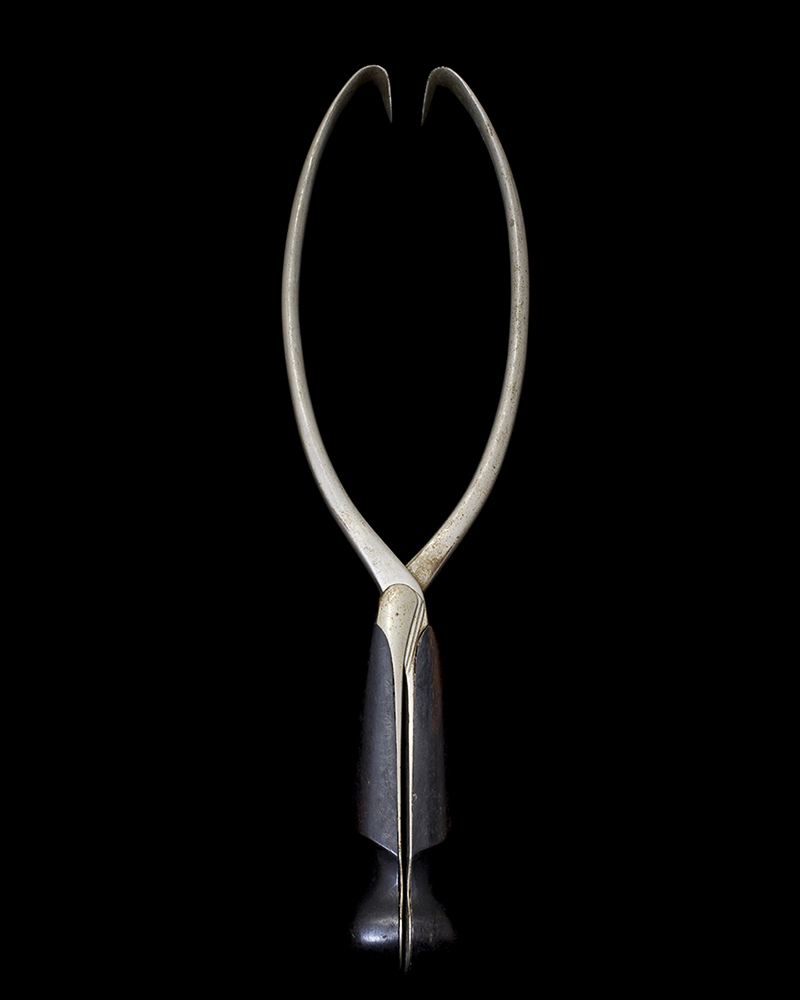
©Lindsey Beal, “Smellie Double Crochet” 4″x5″ digitally printed plexi glass plate, 2016-2018. From Yale University’s Harvey Cushing/John Hay Whitney Medical Library, c. 19th century.
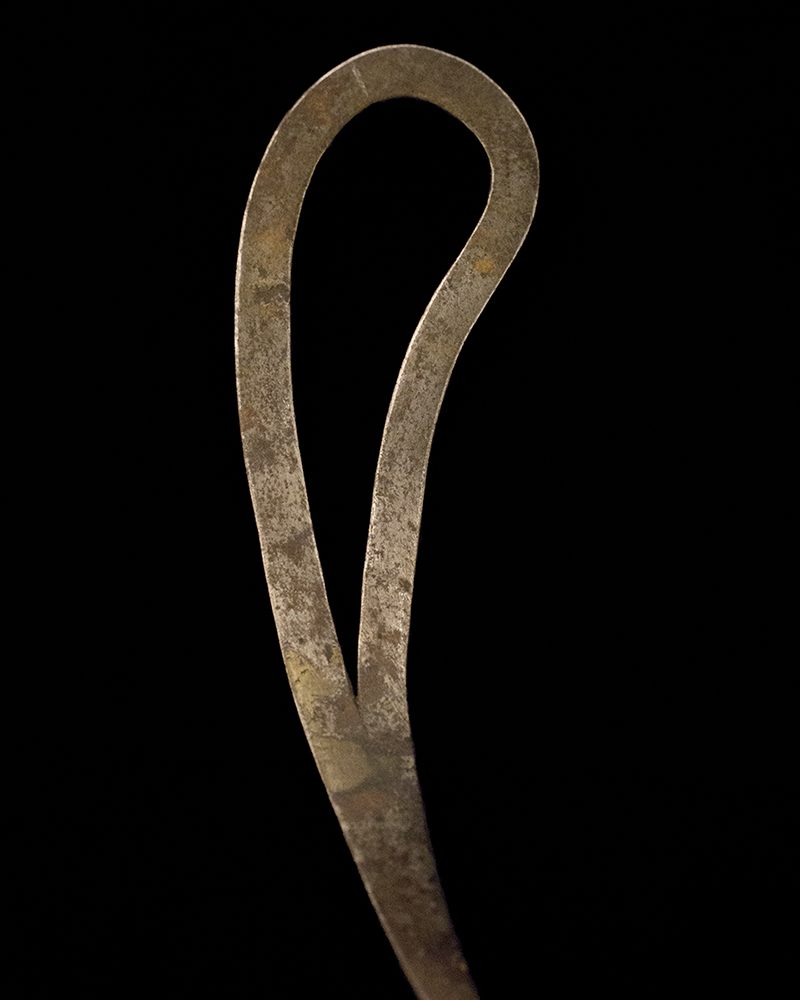
©Lindsey Beal, ”Smellie Style Obstetrical Forcep with Wooden Handle II” 4″x5″ digitally printed plexi glass plate, 2016-2018. Duke University’s History of Medicine Collections at the David M. Rubenstein Rare Book & Manuscript Library, c. 1850s.

©Lindsey Beal, “Speculum” 4″x5″ digitally printed plexi glass plate, 2016-2018. Duke University’s History of Medicine Collections, David M. Rubenstein Rare Book & Manuscript Library, c.early 20th century.
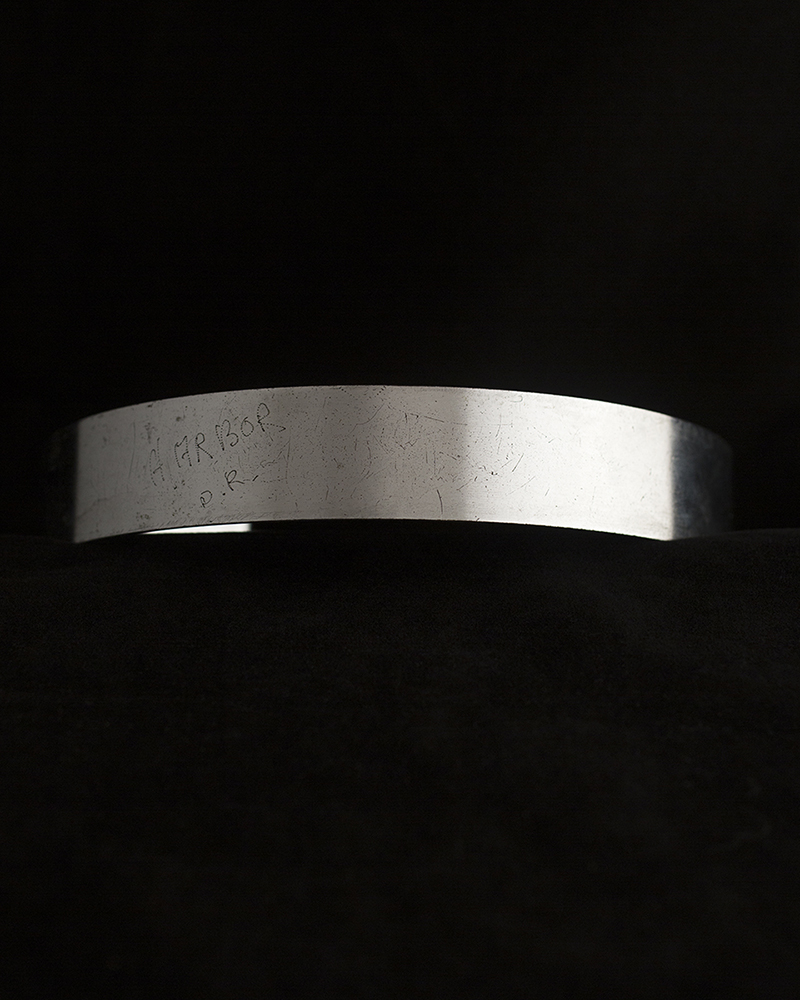
©Lindsey Beal, “Surgical Retractor I” 4″x5″ digitally printed plexi glass plate, 2016-2018. Duke University’s History of Medicine Collections, David M. Rubenstein Rare Book & Manuscript Library, c. mid-20th century.

©Lindsey Beal, “Syringe III” 4″x5″ digitally printed plexi glass plate, 2016-2018. Duke University’s History of Medicine Collections, David M. Rubenstein Rare Book & Manuscript Library, c. 20th century.

©Lindsey Beal, “Trocar II” 4″x5″ digitally printed plexi glass plate, 2016-2018. Duke University’s History of Medicine Collections, David M. Rubenstein Rare Book & Manuscript Library, c. unknown.
Posts on Lenscratch may not be reproduced without the permission of the Lenscratch staff and the photographer.
Recommended
-
Salua Ares: Absense as FormNovember 29th, 2025
-
Ricardo Miguel Hernández: When the memory turns to dust and Beyond PainNovember 28th, 2025
-
Pamela Landau Connolly: Columbus DriveNovember 26th, 2025
-
KELIY ANDERSON-STALEY: Wilderness No longer at the Edge of ThingsNovember 19th, 2025
-
Jackie Mulder: Thought TrailsNovember 18th, 2025

